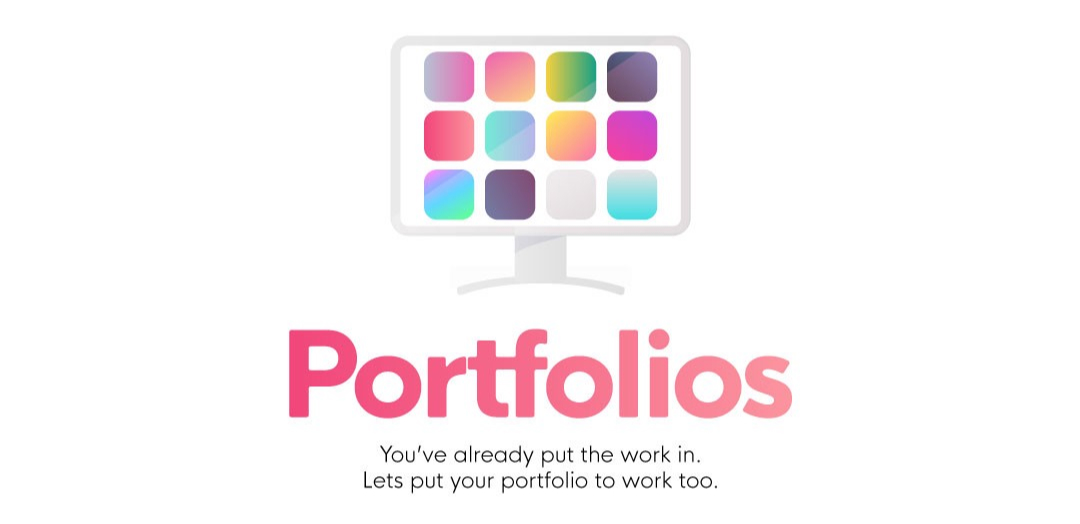Recently, I shared an article about Marketing Yourself as a Designer. The article dives into the various ways that you can make sure that your skills as a designer don’t go unnoticed. Because let’s face it…
Unless we’ve studied it in depth, marketing our skills is one of the hardest challenges that we have as a designer.
When everybody else is trying to get their new portfolio out there, it can seem very hard to rise above the noise. But even if you don’t have the right schooling to be a full fledged marketer, you can still take steps to make sure that your design portfolio starts converting new visitors into new design work.
So why do we need to have a portfolio anyways?
As a creative professional, having a strong portfolio in the beginning is key to marketing yourself as a designer and building your personal brand.
If you have taken any college or high school class for art and design, one of the first projects they make you do is to create a “portfolio.”
The only class I took in a creative field like this was in high school, almost 10 years ago. I really wanted to be part of the advanced program, but my skills weren’t up to par with the level of the class.
That didn’t stop me from still taking the material home for the advanced program and trying my hand at it. I just wanted to make cool things.
This led to us carying around huge 2’x3’, 3’x4’, 4’x5’ carying cases full of 12–20 giant poster sized prints of textures, poster designs, website mockups, packaging designs, and magazine mozaics.
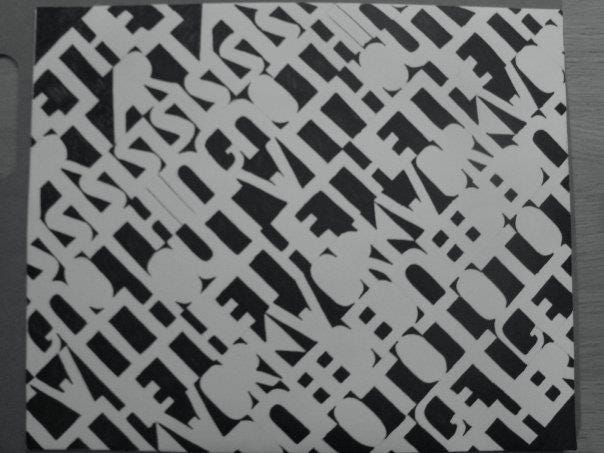
These portfolios became a part of ourselves, and as we continued to grow our skills, we then would put another piece in to replace old work.
All of us put so much effort into our work; slaving away making sure that each detail is nice and complete.
Sadly, this dedication and passion for our work will go relatively unnoticed if no one hears about it.
What did I do about it?
Because I never made it to the advanced class, I thought my skills weren’t good enough to make it in a creative field, so for six years I spent my time as a sales associate of some sorts…
At a certain point, I got fed up with wasting the creative side of my brainand decided to start pursuing design with heavy passion.
My portfolio has gone through some significant changes over the past few years… So what have I found to be effective?
It’s about the goal
- What do you want your portfolio to achieve?
- How do you plan to guide someone through your work?
For any website, there’s a general rule that you only have between 2–5 seconds to make an impression before someone leaves the site.
With a portfolio full of images, that period can stretch to about 15-30 seconds.
How do you get someone to hire you through your website?
When someone is looking to hire a designer, they aren’t going through your portfolio just because of how great you are.
People are looking for a designer who can deliver a solution that’s better than what they have now.
The portfolio is one of the better ways to reassure that you have the skills that they need. For your work to truly be effective, you have to package up what you’ve done in a way that they can see their own project in the design work that you do.
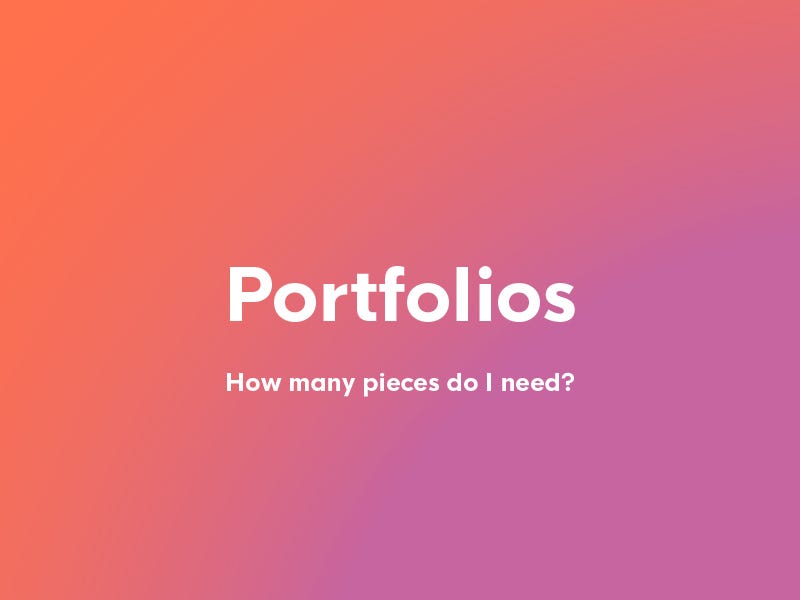
How many pieces of work do I need to show?
It’s about establishing a pattern
It’s been said that “Once Is Chance, Twice is Coincidence, Third Time Is A Pattern.”
You can make assumptions of what level of work comes next based off of the first 2 portfolio pieces. Anything that follows is going to either reinforce or detract from that pattern.
A few days ago in preparation for this topic, I curiously did some soft research on what friends are doing currently for their portfolios, and 10 of you answered that you showcase about 10 or less pieces of work on your portfolio.
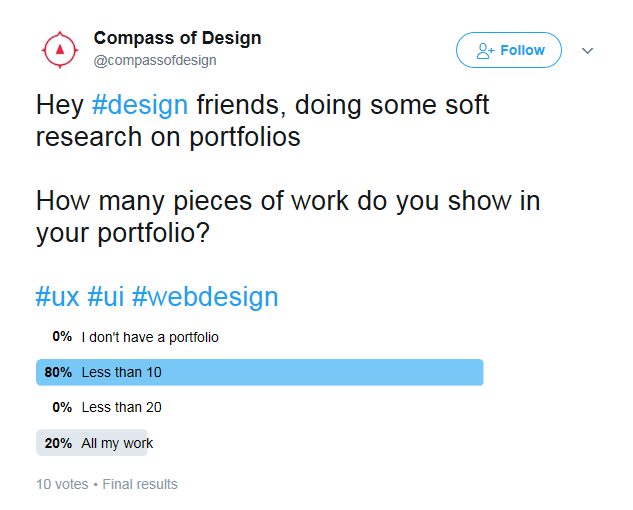
This stacks up with what I expected.
You can effectively get by with less than 10 pieces of work, but only if what you present is your strongest work.
I have been selectively showing only 6 pieces of work on the front page with the rest in sub-pages tucked away in case I needed them. That carried me along with a decent amount of freelance clients over time. As I improved my skills, I would swap out the weakest work for a better piece and continue doing that until only my best work was shown.
I’m not saying that you are only limited to using six pieces in your portfolio(it fit nice with the rest of my design), I am saying you should post enough work that you can establish a strong pattern of what someone would expect if they were to hire you for your skills.
Remember, you’re trying to make an impression in just the first few seconds for each visitor… so for most people, it sounds like 10 or less can do the trick… but there’s another component to your portfolio that might need some work.
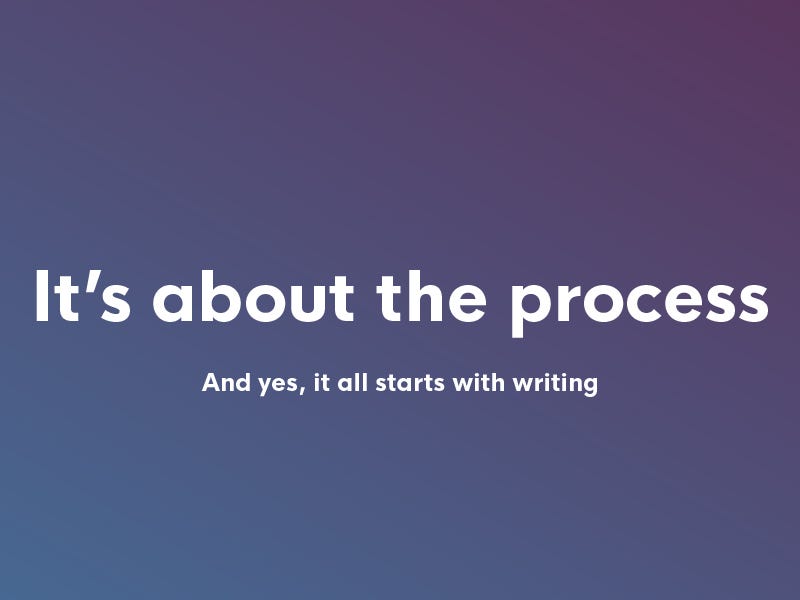
Show your process
No, really, it all starts with writing
If you are going to show work, it should be a great representation of what you are capable of doing for other clients and employers.
The most effective way you can do this is to write about your process through each piece.
There are two articles I’ve written that will help with documenting your process:
How to write better case studies
Writing needs to be part of your workflow. It doesn’t have to start as large articles every morning, but what would make writing easier is to start with small snippets. Grab yourself a cheap notebook to write in. Place it next to your work in progress so that when you start your work for the day, it will be nearby. When a decision comes along, jot down specifically why you are changing, creating, or keeping a part of the project.
Case studies are one of the most effective things you can create as a designer.
Someone who is looking to hire you needs to know how you think and what results you can achieve through your process.
After each stage of your design process, you should put time into writing a short summary of the phase and the decisions made throughout.
Answer these question:
“What went well during this phase?”;
“What could be improved upon when going through this phase next time?”;
“What major decisions have started to shape the solution?”;
“What challenges did you overcome during this phase?”;
All these questions can all affect how effective your message is when presenting the case study.
So when presenting this on your portfolio site, or in a google doc, or on a typed up piece of paper… your layout should end up somewhat like this
A brief summary of the project
Client:Client Name
Role:Job Title
Skills used: Design, development etc.
At least 3 phases of your process including
Discovering the opportunity
The initial research and development stages
The end design and any results the project achieved
Your call to action for the reader.
“Hire us for your next project!”
“Sign up for our newsletter!”
“Share this if it was helpful”
etc.
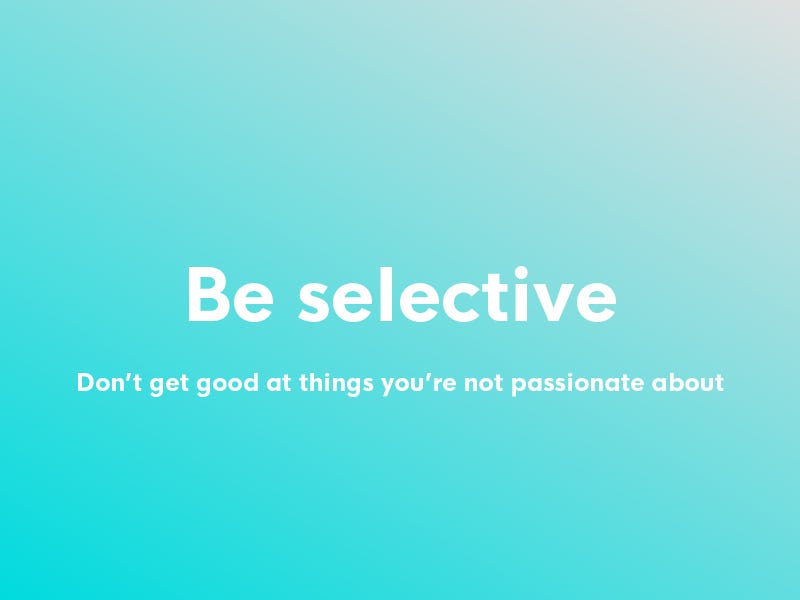
Don’t show work that you don’t love doing
You will bring in the same type of work that you show on your portfolio.
We love to show work we’ve done, it’s a point of pride when we can say we made something new, cool, or exciting.
But sometimes the work we have done is the only work we’ve got, and that work might not actually be work that we enjoy doing.
We are all desperate though to get more work so we put it up anyways, right along side things we actually enjoyed working on.
As it may be, people see the work you didn’t want to do, and because it’s up there, they’ll come and ask you to take on that same type of work.
We don’t all have the ability to pick and choose clients and sometimes they don’t come by that often, so what do you do?
You’ve got to selectively project what you want to be known for.
So if you are putting your portfolio together, evaluate each piece that you show on there. If it’s work you’ve done, keep questioning if it truly represents the work you can do, or the work you really want to be doing. And if you don’t want to do more of it, it probably isn’t the type to show on your portfolio.
Try a few combinations on the work that you feature to find the most effective designs in your portfolio.
As your work improves, swap the older ones out or decide if you’re going to add to it.
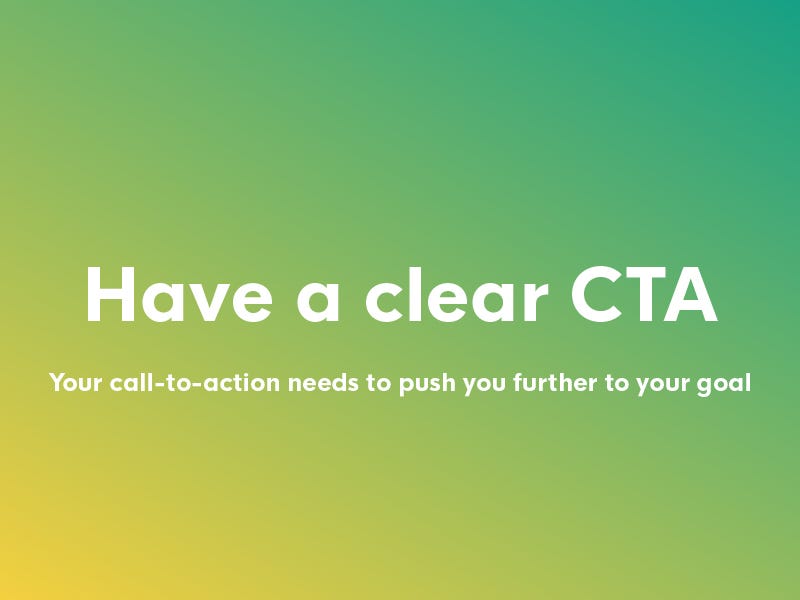
Have a clear call to action
What do you want to people to do after they’re done viewing your work?
The goal of your portfolio is that it is supposed to achieve something. What goal are you trying to achieve by displaying your work?
For me, I wanted people to know immediately:
Who I am,
What I do,
How to get started.
](https://cdn-images-1.medium.com/max/3788/1*ea7250cAIIHudgSukZ0b1A.png)
It’s been happening more and more that people are forgetting to put this stuff in their portfolios or social media profiles.
So for whatever your goal is, make sure that you make it super easy to contact you and do not overwhelm them by providing a thousand different ways to get in touch.
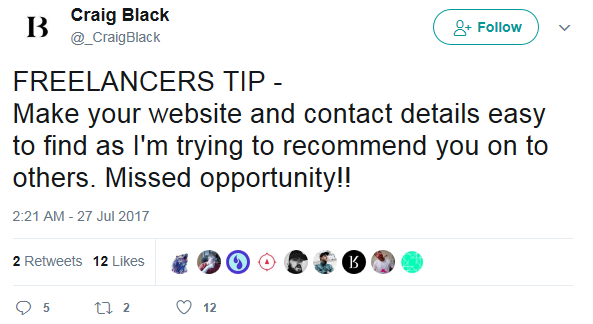
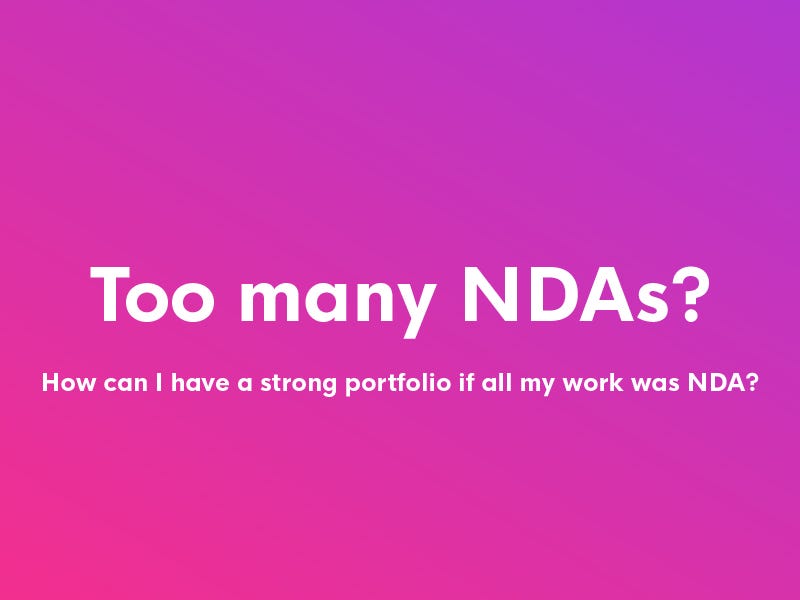
What if the work that I have done is locked under NDAs?
There are some things you can still do.
Non disclosure agreements or NDAscan make showing your previous work and your design skills a very difficult thing to do.
You can’t share the work without being in breach of that contract and without legal ramifications.
So how do you get work if you can’t show what you’ve done?
Well you have a few options.
Start side projects (Do design challenges, make an app, do typography projects, do collaborative projects with friends)
Use written case studies— Just don’t use the company’s names or visual work. Be thorough on your process and results.
Make your portfolio a list of companies you’ve worked with (like a decent interactive resume)
Be a rebel— leverage your references and recommendations
Do apprenticeships or internships with a company to get credit to use in interviews
You need to be able to use the network you have already to get more work, so cash in on good friendships, previous clients, or new work inquiries.
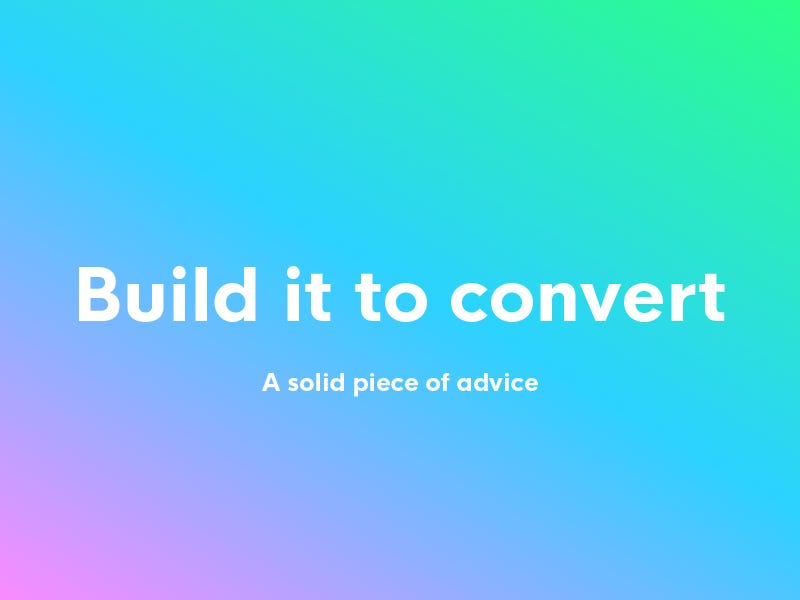
How should I display my work?
Have you ever been to an art gallery?
Have you been to art museums and art galleries?
They are very clean, organized, and kind of… hygienic.
A big white cube with empty space and a nice painting hung on each wall.
The thing is, with giant spaces like this, you are drawn to the way the painting looks, not the wall. If you focused on making the wall as cool as it could be, the actual work might be lost to how loud and crazy the design of the building is.
The same is kind of true with your portfolio.
If you are having trouble with people not clicking through your work, you might need to think about how you’re presenting your work.
Maybe the portfolio is really loud and doesn’t connect really well with a lot of your intended audience… maybe it’s too subtle and your presentation skills and resources need to be upgraded.
Think about how the way your work being presented is actually being received. The best way of doing this? Seek feedback from other designers.
We do this in the Compass of Design communityquite often. But if you aren’t a part of things like that, you might have some people that you know who aren’t designers that go over it and give their first impressions.
Either way, test your portfolio’s effectiveness with somebody who didn’t have a hand in it’s creation.
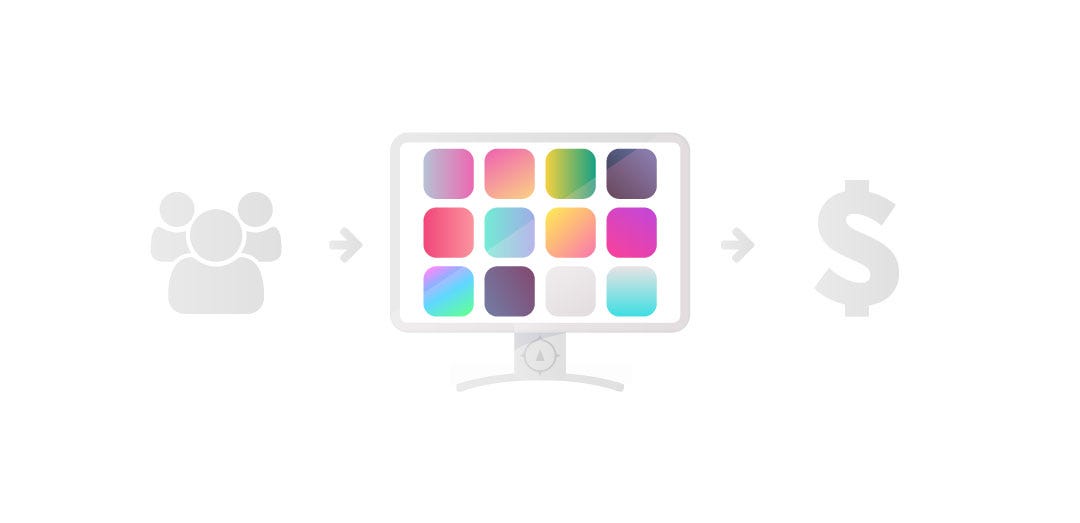
Your portfolio is an acquisition channel
Time to start working on that marketing
The best site I have seen that implements all of these points is the Web Design firm, Forge and Smith. Their website, their projects, their case studies, their blog posts… they are all there to do one thing…
Inform the reader what the company can help them accomplish.
Your portfolio needs to do the same thing. You need to focus on delivering the right message for your goal. Theirs is to be hired with companies, and you can clearly see that every one of their pieces is geared towards subtly guiding the viewer to hiring them as their next design firm.
Your portfolio needs to start doing the same. Each piece needs to be well written and tailored to speak your audience’s language.
The more you are able to clearly spell out how your work will also work for them, the easier it will be for them to make a decision on who to pick for their next gig.
Be human
Be truthful
My last piece of advice?
Be human.
If you are trying to figure out why someone would want to hire you… remember that they are a person, hiring another person.
Your portfolio needs to show that you are in fact a human being. Tell your story through an about page, or use a tiny bit of your personality throughout.
People will connect with you if you appear to be passionate about your work.
How do you know who’s passionate?
Well, it shows in how you present yourself and your work.
If you are truly looking to do great work as a designer, start sharing more and more about the work you do:
In person
On social media
On your portfolio and case studies
Take some time this week and think go through these points with your own portfolio. Consider how these tips can make your portfolio a more effective marketing machine for you.
On a 1–5 scale where 5 is world-class, how well do you think your portfolio is doing right now?

Struggling to get traction in your design career?
You are not alone, every week we go over ways to market yourself better by improving your design skills, your personal brand, and other topics to further develop yourself as a designer…
We’re building a community for the designers like you.
The Compass of Design Community is a growing place of positive and driven designers who are working at being masters of their craft. Whether they’ve been designing for years or are just getting started on their journey, you will find this a place where you can get the critical feedback on your work and connect with like-minded people.
Sign up for the Compass of Design newsletter to be notified when we reopen registration for the design community (:
